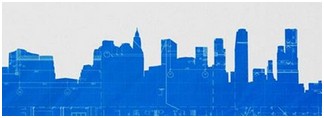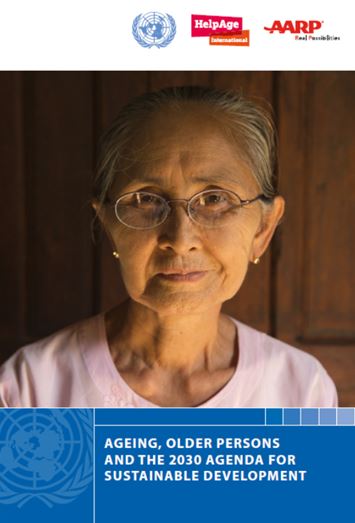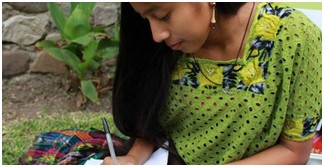Women & Cities, Urban Centers – Issues with the Coronavirus
Извор: WUNRN – 07.04.2020

Women’s Inclusion & Engagement in City Planning & Operations Is a Global Priority
Women experience and use the urban environment in different ways from men; they have different priorities in terms of services and infrastructure, for example regarding transport, housing and public spaces. Such priorities rarely feature in urban policy or investments. While cities have been a place of liberation for women in comparison to their rural counterparts, they are still designed around men. In areas where resources of all kinds are more limited, these disparities become especially acute, affecting women’s safety, health and income. This is particularly true in parts of the global south, where urban planning struggles to provide basic services – much less promotes gender equality.
https://www.citiesalliance.org/Global%20Programme-gender
……………………………………………………………………………………………………………………………………………………………
The coronavirus pandemic will leave its mark on urban centers long after the outbreak itself recedes.
Illustration: Eniola Odetunde/Axios
By Kim Hart
April 21, 2020 – The coronavirus pandemic will leave its mark on urban centers long after the outbreak itself recedes.
Why it matters: The most densely populated cities are ground zero for the virus’ rapid spread and highest death tolls — and they’re also likely to be pioneers in making lasting changes to help prevent the same level of devastation in the future.
The big picture: The combination of urbanization, climate change and a hyper-connected society means infectious disease epidemics are likely to become more common, the World Economic Forum warns.
What to watch: Here are predictions from urban experts on how cities might change.
Buildings: We spend 90% of our time indoors. “Buildings, if managed poorly, can spread disease. But if we get it right, we can enlist our schools, offices and homes in this fight,” said Whitney Austin Gray, senior vice president of the International Well Building Institute in an Urban Land Institute webinar.
- Gray says building owners and builders should improve air ventilation and filtration to control microbes and mold in the air. Increasing indoor humidity can also help us to be less susceptible to germs.
- Meeting areas like entryways and public transit stations should be designed with enough space to avoid over-crowding — like separate staircases for ascending and descending traffic.
Streets and sidewalks: “When we start to think about social distancing, we may see a rapid transition to broader sidewalks and closing streets and giving people more space to get around in cities,” said Brooks Rainwater, director of the National League of Cities’ Center for City Solutions.
- New York City is closing off some streets to vehicles to open up more space for pedestrians as parks became crowded. There’s a push to do the same in Philadelphia.
- These changes aren’t permanent, but they’ll likely help renew interest in bike and walking paths and in closing some roads to vehicles more often. Permanent structural changes to sidewalks will take time.
Transportation: At least at first, commuters are likely to view personal cars as safer than public transit or shared options like e-scooters or ride-hailing, says David Zipper, a visiting fellow at the Harvard Kennedy School’s Taubman Center for State and Local Government.
- He points out in a LinkedIn post that, as of two weeks ago, China’s transit trips had barely hit 50% of normal traffic, while auto traffic had already ramped back up to 96%.
- “Even when we get the green light, there’s going to be a lag — and a fairly long lag — before people are comfortable getting on a crowded train or a packed bus at rush hour,” he said. “It creates a tailwind not only for personal vehicle trips but also personally owned bikes and scooters.”
Airports: Temperature checks and other health screenings will likely become more common, Richard Florida and Steven Pedigo write in a piece published by the Brookings Institution.
- Enforcing social distancing will be key for some time in places that are usually packed with people. That can be done by painting lines on floors or rope lines to remind people to give each other space.
Remote work: This prolonged period of working from home is expected to accelerate corporate America’s acceptance of remote work as a more permanent part of workplace culture.
- That means people don’t necessarily need to live within commuting distance to a company’s headquarters, allowing employees to disperse further away from dense urban centers.
- This could help reduce commuting-related pollution and the public health risks of crowded cities, but population movement won’t happen overnight. Plus, people tend to stay put during economic slowdowns.
Digital services: Operationally, cities have been forced to deliver more resident services digitally since offices closed and staff have been working remotely. Some city councils, for example, have held meetings virtually.
- They may find that there are certain efficiencies to continuing to work this way, or at least being prepared to so, according to What Works Cities, a national initiative to help cities tackle pressing challenges.
How we shop, eat and gather: While people will be eager to be out and about when the pandemic eases, they’ll likely want to better manage their experiences in stores and restaurants by paying closer attention to crowds and cleanliness, said Carl Bialik, data science editor at Yelp.
- “Until now, people just wanted a seat at that neighborhood restaurant and it didn’t matter what was around them,” he said. “Now there will be a spotlight on how establishments are adhering to health standards. That’s going to be more relevant than ever before.”
Reality check: In many cases, the COVID-19 outbreak will accelerate trends that were already underway. The new normal may, in fact, feel pretty normal.
- “At the end of the day cities shall remain, they just may transform into something a little bit different,” said Phillip Kash, Partner at HR&A Advisors, an urban planning firm.



